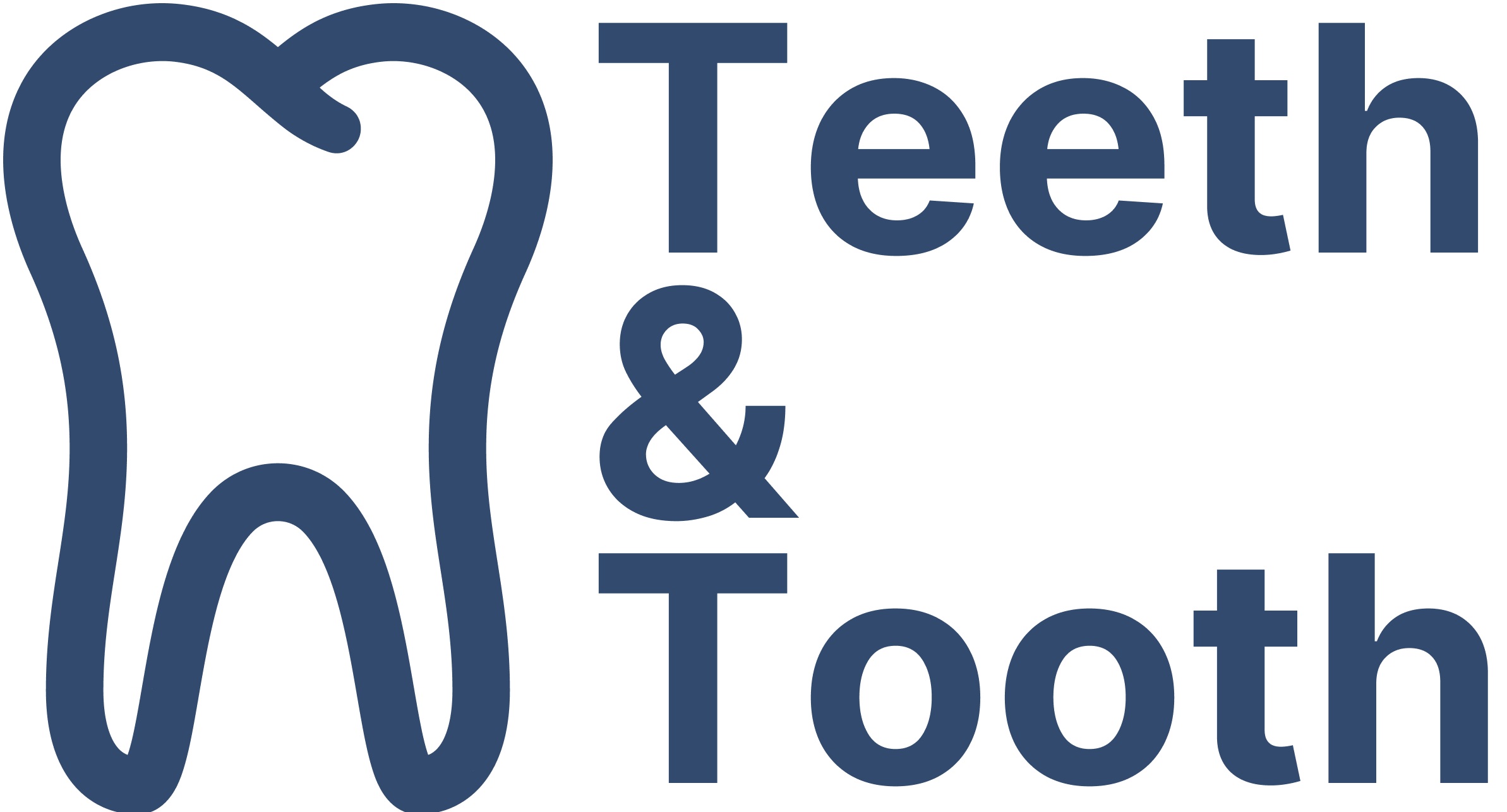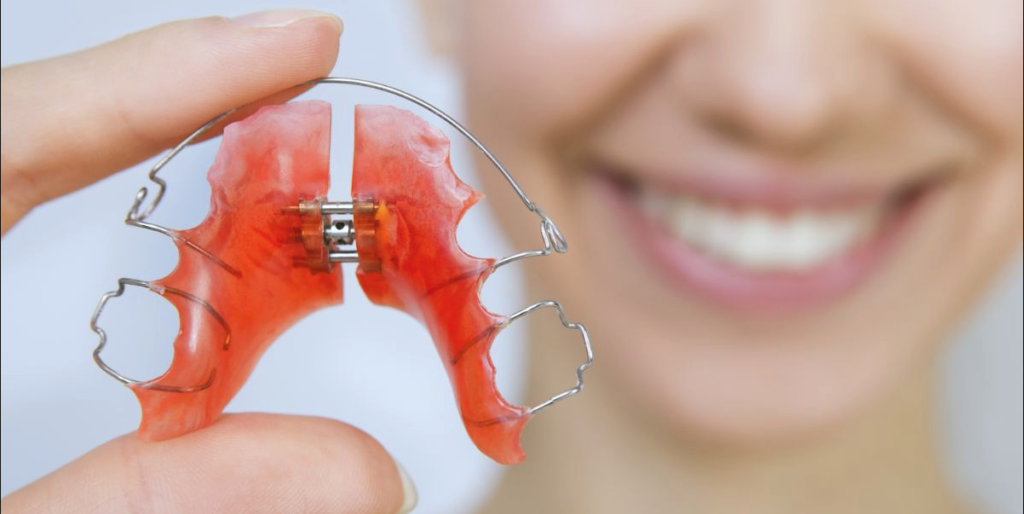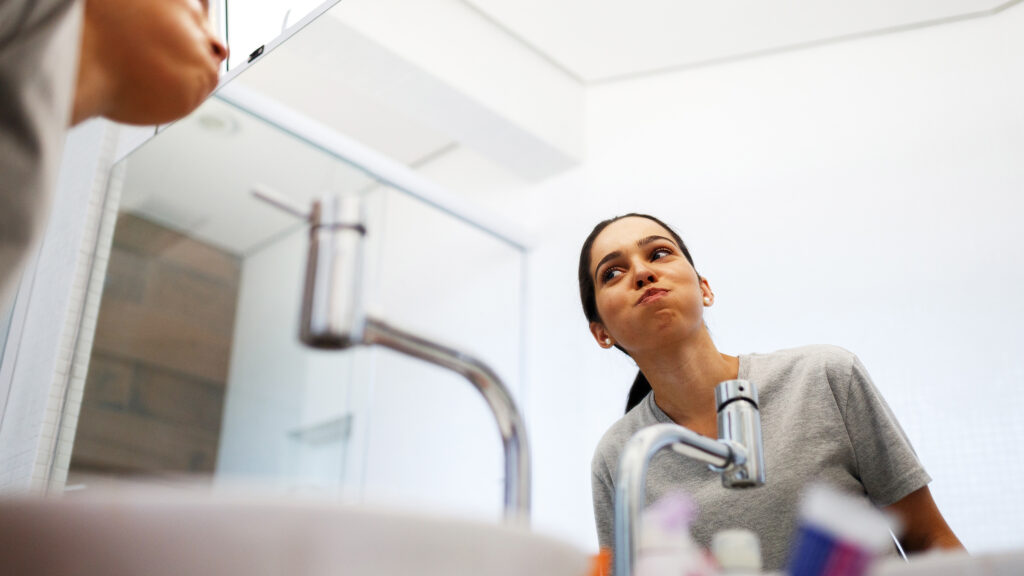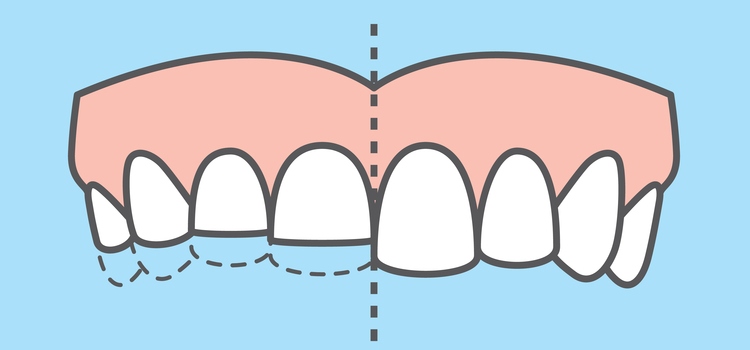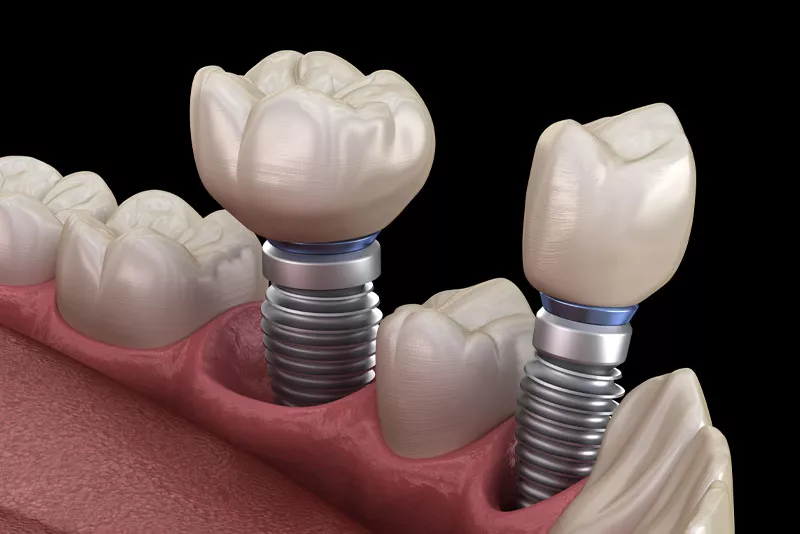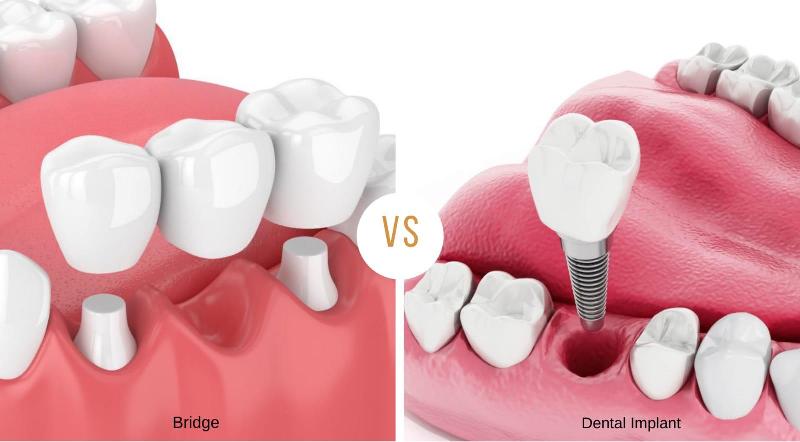Many say that your smile is one of your most valuable assets. However, for some individuals, achieving that perfect smile may require a little extra help. This is due to common orthodontic issues such as a crossbite, crowded teeth, or part of a orthodontic treatment.
This is where palate expander comes in. It might sound a bit fancy, but it’s actually a cool tool that can help you get a better smile. The device serves as a jaw expander to create more space in the mouth and correct dental issues.
In the rest of this article, we will explore more about palate expanders, understanding their purpose, the mechanics behind it, and why it can make a big difference for your teeth. So, if you’re curious about how dentists use these cool gadgets to make your smile shine, keep reading.
What Is a Palate Expander?
A palate expander, also known as a rapid palatal expander (RPE) or orthodontic palate expander, is a dental device used to widen the upper jaw or palate. The expansion of the palate allows crowded teeth to spread out, corrects crossbites, and even create space for impacted teeth to emerge.
A palate expander typically contains these few components:
- Bands or Brackets: These are attached to the back molars in the upper jaw, providing anchor points for the expander.
- Crosspiece: This is the central part of the expander that contains a screw.
- Screw: The screw in the expander can be turned with a special key. It is the key component responsible for widening the palate.
- Palate Plate: The expander often includes a flat, acrylic palate plate that rests on the roof of the mouth.
The device is first secured to the upper molars using the bands or bracket. The screw is then adjusted on a periodic basis by an orthodontist who plans out the schedule over which the expander is installed.
The turning action creates tension within the expander, and the pressure is applied to the midpalatal suture (a joint in the upper jawbone). The slow and gradual tension separates the two halves of the upper jawbone, causing them to move apart. This process creates additional space in the palate and expands the upper dental arch. The progress is monitored by the orthodontist and the expander is adjusted as necessary.
Once the jaw is expanded to the ideal size, the expander is removed and the next orthodontic treatment follows. It usually entails braces treatment.
Who Needs a Palate Expander?
Palate Expander is commonly used in children and adolescents, whose jawbones are still growing, to correct any dental or orthodontic issues. Some of the common issues include:
- Crowded Teeth: When there isn’t enough space in the upper jaw for all the teeth to fit properly, it can result in overcrowding. A palate expander can create more room for the teeth to align correctly.
- Crossbite: Crossbite occurs when the upper teeth fit inside the lower teeth when biting down. Palate expanders can help correct this misalignment by widening the upper jaw.
- Breathing or Speech Problems: In some cases, a narrow palate can contribute to issues with breathing or speech. Widening the palate can help alleviate these problems.
The use of palate expander can also be seen in some cases for adults where it is deemed necessary to expand the jaw before the next procedure can be done. However, treatment for adults is more complex and takes a longer period (than children) as their jawbones are stronger and less responsive to the palate expander.
Irregardless, in all cases, the decision to install a palate expander should only be made by a qualified orthodontist. Prior to the installation, a thorough examination of the your condition is conducted to evaluate the risk involved as well as the to determine the appropriate treatment plan. The age of the patient, the severity of the problem, and their overall dental health will all factor into this decision.
Does a Palate Expander Hurt?
The experience of getting a palate expander can feel a bit weird, but it is generally not a painful procedure.
During the initial phase when the expander is first installed, you might feel a slight discomfort. This is perfectly normal as it is definitely an uncomfortable experience having a foreign device in your mouth. It should get better after a few days.
For some, they may experience sore spots or slight irritation in some parts of the mouths. Your orthodontist will provide you with special wax as well as pain medicine like ibuprofen to relieve the pain.
You might notice changes in your speech or have trouble eating certain foods at first. With practice, these issues usually get better.
During the adjustments when the expander’s screw is being turned by the orthodontist, you will feel increased pressure. This is necessary to widen your jaw slowly.
Throughout the treatment, you should always communicate any discomfort or concerns with your orthodontist. hey can provide guidance, make adjustments as needed, and offer suggestions for managing any discomfort effectively.
What Are the Risks of Wearing a Palate Expander?
Palate expanders are generally considered safe and effective orthodontic appliances when used under the supervision of a qualified orthodontist, there are some potential risks and side effects to be aware of.
This may include:
- Discomfort and Soreness: During the initial adjustment period and when the expander is activated, you may experience discomfort, pressure, or soreness in your mouth. This will subsides within a few days when you have adjusted to the expander.
- Speech Changes: Some individuals may experience temporary speech changes, such as a lisp or difficulty pronouncing certain sounds, while wearing a palate expander.
- Increased Salivation: Some patients notice an increase in saliva production initially, which can be mildly bothersome. This usually diminishes as your mouth adjusts to the expander.
- Difficulty Eating: Eating certain foods, especially hard or crunchy items, may be challenging during the initial stages of palate expansion. You may need to adjust your diet and cut food into smaller pieces to make eating more comfortable.
- Failure to Expand: In some cases, the palate expander may not achieve the desired amount of expansion due to factors like poor compliance with turning the screw.
- Mouth Irritation: The palate expander may cause sore spots or irritation on the roof of your mouth or the inside of your cheeks. Your orthodontist can provide orthodontic wax or other solutions to alleviate this discomfort.
- Tissue Injury: Incorrect use or poor maintenance of the expander can lead to injuries, such as cuts or abrasions on the cheeks or tongue.
- Root Resorption: In rare cases, the pressure applied by the expander may lead to root resorption, which is the shortening of the tooth roots. This is more likely to occur if the expander is over-tightened or if there are pre-existing dental issues that was not identified during the examination.
Note that most of these risk are relatively minor and can be managed with proper care. if you are experiencing any prolonged side effects or discomfort, inform your orthodontist immediately. Also, discuss any concerns or question you have before the start of the treatment to get a clear understanding of the potential risks and benefits.
Are There Dietary Restrictions While Wearing a Palate Expander?
Similar to other orthodontic treatments like braces and aligners, there are a couple dietary restrictions and guidelines to follow to ensure the effectiveness of the palate expander and prevent damage. Here are some common dietary recommendations for individuals with palate expanders:
- Avoid Sticky Foods: Sticky or chewy foods, such as caramel, taffy, gum, and sticky candies, should be avoided. These foods can get stuck in the palate expander and may be challenging to clean properly.
- Avoid Hard Food: Hard and crunchy foods like nuts, popcorn, hard pretzels, and ice cubes can potentially damage the palate expander or cause it to become dislodged.
- Cut Food into Small Pieces: To make eating more comfortable, consider cutting foods like apples, carrots, and raw vegetables into smaller, bite-sized pieces. This reduces the risk of putting excessive pressure on the appliance.
- Stick to Soft and Non-Sticky Foods: Opt for soft and non-sticky foods that are easier to chew and less likely to cause problems with the expander. Examples include yogurt, mashed potatoes, pasta, and soft fruits.
- Stay Hydrated: Drink plenty of water to help keep your mouth clean and reduce the chances of food particles getting trapped in and around the expander.
These recommendations are designed to help you avoid potential complications, maintain the integrity of the palate expander, and ensure a successful orthodontic treatment. If you have any other dietary considerations, have a discussion with your orthodontist to identify any potential problems.
How Long to Wear a Palate Expander?
The duration of wearing a palate expander can vary widely from person to person and depends on several factors, including the specific orthodontic issue being addressed, the age of the individual, and the treatment plan created by the orthodontist. Typically, palate expanders are worn for a period ranging from a few months to a year or more.
If the expander is being installed only for a simple treatment such as to correct a crossbite, the treatment duration will be short. However, if it is part of a more complex orthodontic plan, such as preparing the jaw for other appliances or surgery, it may take longer.
You may be interested in: Can You Actually Get Your Teeth Cleaned With Braces?
As mentioned previously, a child’s jawbone is still growing and is receptive to expansion. As such, children may have a shorter treatment time as compared to adults.
Last but not least, the effectiveness of palate expansion relies on the patient’s compliance with the orthodontist’s instructions. This includes turning the expander’s screw as directed and attending scheduled follow-up appointments for adjustments. Good compliance can lead to faster and more successful expansion.
Does Palate Expander Work on the Lower Jaw?
The answer is no, palate expanders are designed for the upper jaws and does not work with the lower jaw.
Similar to the upper jaw, the lower jaw consists of multiple separate bones. However, during the first year, the lower jaw undergoes a fusion to form a single, solid mandible. While the mandible comprises two distinct parts, namely the body and the ramus, these components are firmly joined together. There is no presence of a flexible suture, as seen in the upper jaw.
The suture, which is a critical anatomical feature that enables the use of a palate expander to stretch the cartilage and expand the upper jaw. Conversely, due to the absence of this suture in the lower arch, palate expanders cannot achieve the same level of widening in the lower jaw.
This mean that expansion of the lower jaw can only be done through a surgery.
Final Thoughts
In conclusion, a palate expander is a remarkable orthodontic tool that has transformed countless smiles and improved dental health for many individuals, particularly children and adolescents. Understanding how palate expanders work and their purpose is essential for anyone considering or currently undergoing orthodontic treatment.
If you or a loved one is on the path to a palate expander journey, don’t hesitate to consult with an orthodontic professional who can provide personalized guidance and address any specific concerns you may have. As with any orthodontic treatment, patience and commitment are key, and the results—a healthier, more aligned smile—are well worth the effort.
